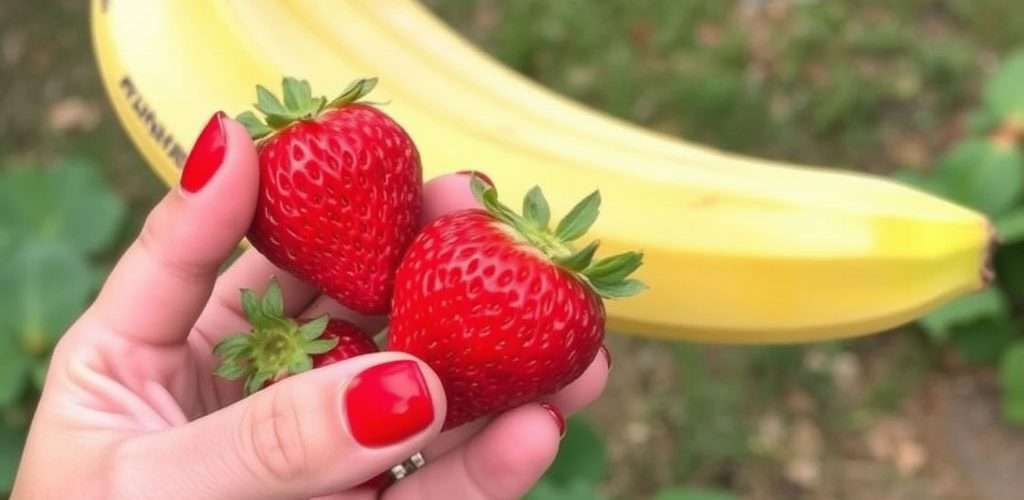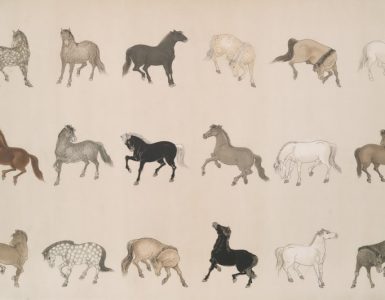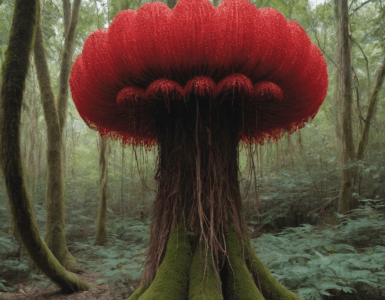D'un point de vue botanique, les bananes sont classées parmi les baies, alors que les fraises ne le sont pas. Une baie est un fruit issu de l'ovaire d'une seule fleur et dont la chair contient des graines. Étonnamment, les concombres, les kiwis et les raisins sont également considérés comme des baies. En revanche, les fraises sont classées dans la catégorie des fruits agrégés, car elles se forment à partir de plusieurs ovaires.
Vous pouvez aussi aimer
L'inattendu familier : Une promenade de côté à travers le connu et l'inconnu
Ever feel like you’re surrounded by mysteries hiding in plain sight? We’re talking about the stuff we *think* we know, presented with a delightful twist. Prepare for a stroll through the familiar, viewed from a slightly askew perspective. The Surprisingly Short Life of a Snowflake We all know snowflakes are unique. But did you know their lifespan is ridiculously short? Most snowflakes only exist for a few seconds before melting. That’s right, the magnificent, intricate designs we admire in pictures rarely last longer than a fleeting heartbeat. Think about that next time you see a snowflake – you’re witnessing a fleeting masterpiece of nature. The Secret Lives of Clouds Clouds, fluffy and whimsical, seem harmless enough. But those seemingly gentle giants are responsible for some serious atmospheric drama. They’re not just water vapor; they’re teeming with billions of tiny water droplets or ice crystals, constantly colliding, merging, and changing shape. And...
Quelles sont les adaptations animales les plus étonnantes ?
Découvrez les secrets des incroyables adaptations animales ! Plongez dans des exemples fascinants d'évolution en action dans tout le règne animal.
Les voleurs rusés de la nature
In the vast realm of plant biology, few groups are as fascinating and bizarre as parasitic plants. These botanical outlaws have abandoned photosynthesis, either partially or entirely, in favor of a life of theft. They tap into the resources of other plants, siphoning off water, nutrients, and even genetic material. From the festive mistletoe to the monstrous corpse flower, parasitic plants have evolved an array of startling adaptations that challenge our understanding of plant behavior and blur the lines between different forms of life. This exploration into the world of parasitic plants reveals a hidden battlefield in nature, where cunning strategies and evolutionary arms races play out in slow motion, offering surprising insights into ecology, evolution, and the very nature of life itself. Parasitic plants represent a diverse group, with over 4,500 species spread across approximately 20 families of flowering plants. This lifestyle has evolved independently multiple times throughout...

























Ajouter un commentaire